Summary of climate disasters on the planet: April 16–22, 2025
Storm Hans swept across Europe, turning spring landscapes into disaster zones.
Russian meteorologists have exhausted their vocabulary in an attempt to describe the record-breaking temperatures.
8 hours without food and water on a plane—the strongest thunderstorm in decades in New Zealand disrupted international flights.
Read the full summary of climate disasters for the week of April 16–22—and you’ll see that the catastrophes that occurred point to a much more serious threat, one that almost no one is talking about.
Storm Hans
Storm Hans, which raged across Western Europe starting April 15, affected France, northern Italy, and Switzerland, bringing heavy rainfall, gale-force winds, flooding, and snowstorms.
The Italian region of Piedmont was at the epicenter of the severe weather, prompting the declaration of a state of emergency. According to Marco Gabusi, the regional civil protection advisor, preliminary damage estimates reach tens of millions of euros. The region experienced a record amount of precipitation: up to 500 mm (19.7 in) fell in just two days.
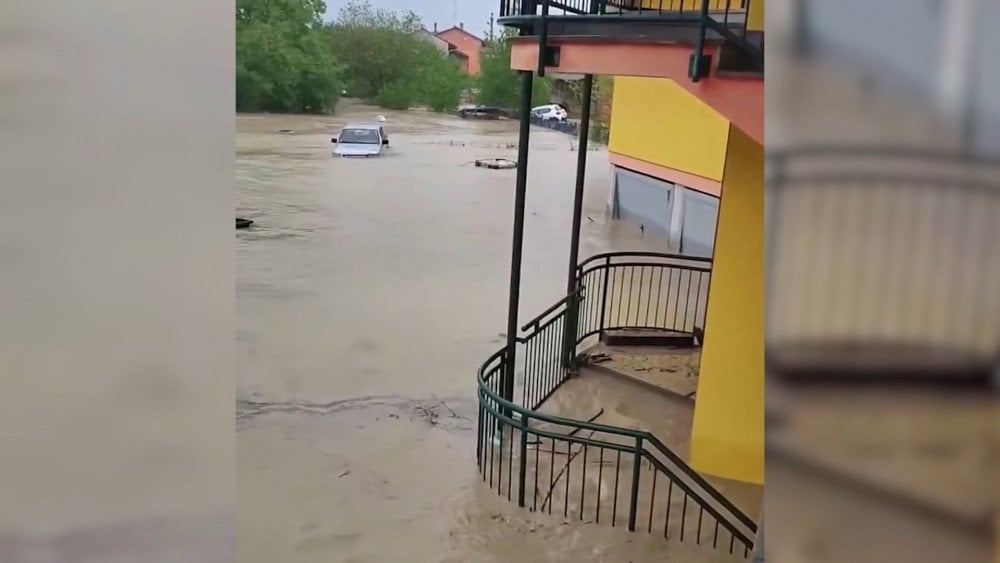
Storm Hans caused devastating flooding in the Piedmont region, Italy
In the city of Turin, Piedmont region, a man drowned inside his own home.
Also in Piedmont, at least 500 landslides were recorded, leaving some towns cut off.
In the Veneto region, a father and son tragically died when their car fell into a sinkhole that suddenly opened on a bridge and was swept away by a powerful water current.
In the Aosta Valley region, more than 7,000 households lost power.
In the French Alps, a severe snowstorm triggered avalanches. One of them claimed a life.
In the Savoie department, in Tignes—popular high-altitude resort—up to 120 cm (47.2 in) of snow fell within a few hours.
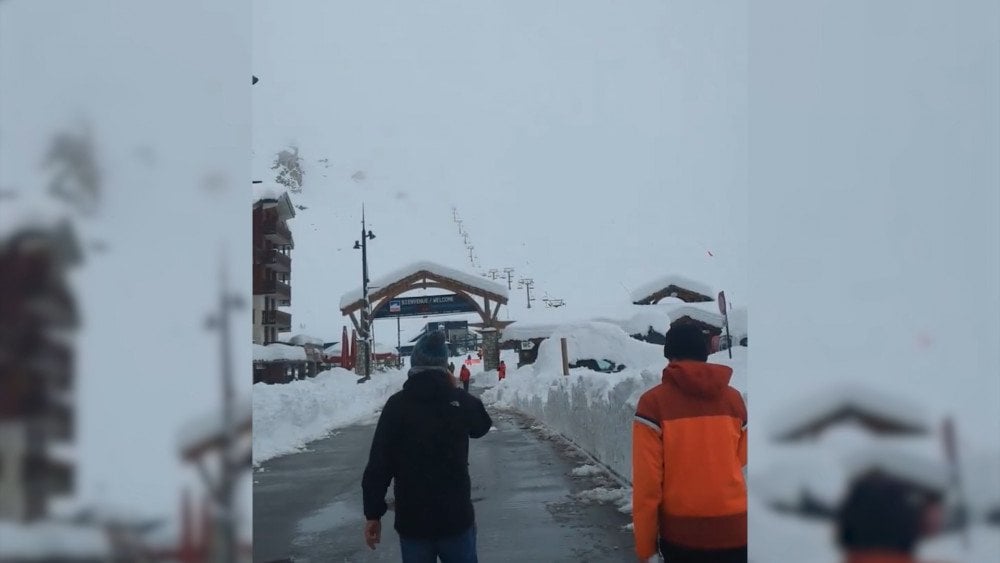
Extreme snowfall hit the ski resort of Tignes, Savoie department, France
Under the weight of the snow, trees collapsed onto roads and power lines, leaving 5,400 homes without electricity. There was a high risk of avalanches. Authorities announced the closure of the resort.
In Switzerland, heavy snowfall paralyzed traffic on roads and railways, cutting off and disabling power to several communities.
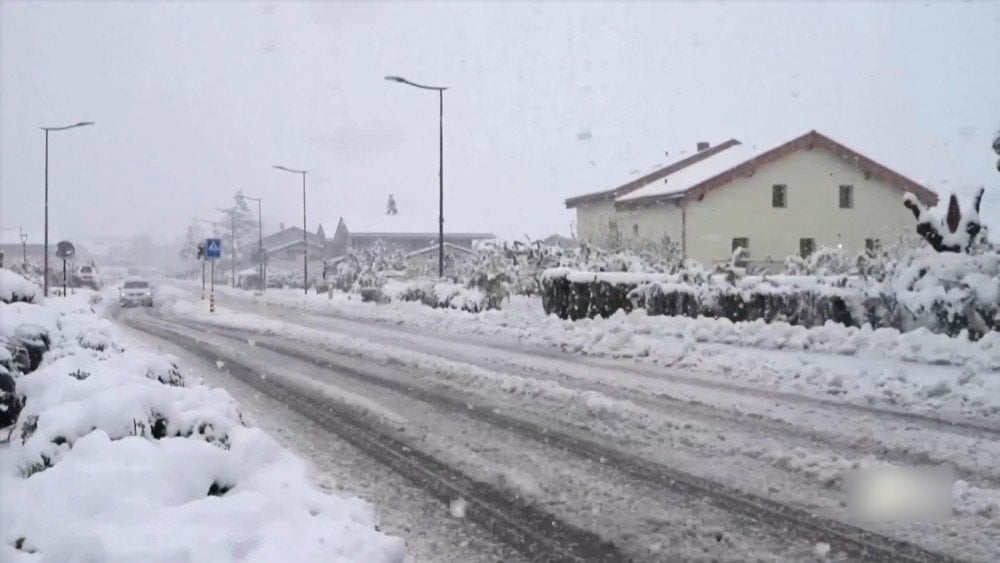
Aftermath of heavy snowfall in Zermatt, canton of Valais, Switzerland
In Zermatt (canton of Valais) the famous ski resort—a state of emergency was declared, and emergency shelters were opened.
According to media reports, no such April snowfall had been observed in central Valais since 1976.
Poland
On April 18, a powerful storm struck Poland with gusty winds, torrential rain, and hail. The Podkarpackie and Lublin Voivodeships were hit the hardest.
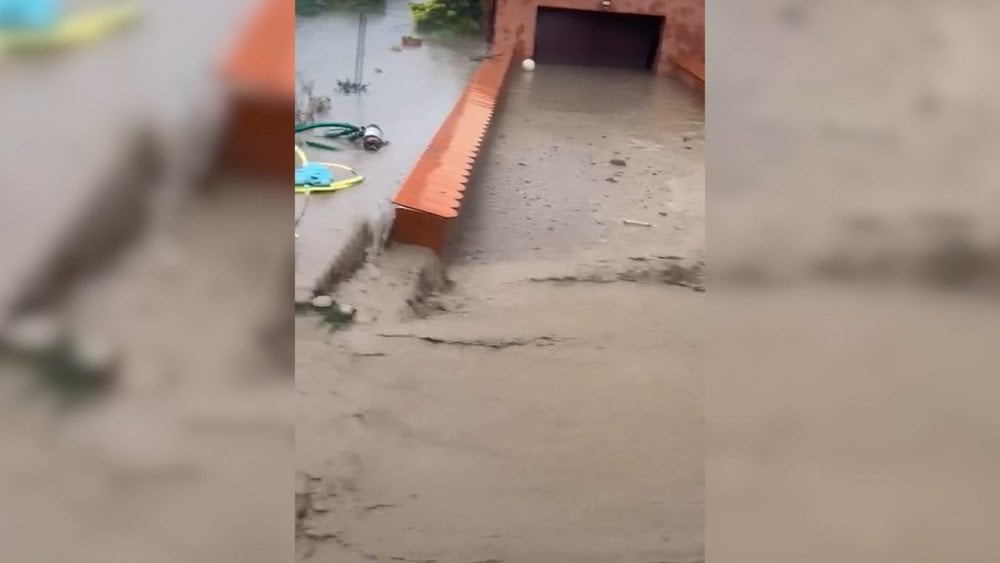
Widespread flooding in Poland caused by storm Hans
The storm flooded streets and homes with torrents of muddy water, tore off rooftops, and knocked down trees. Cars were damaged, and some areas lost power. Emergency services had to respond to nearly 700 incidents.
In the city of Puławy, Lublin Voivodeship, train traffic came to a complete halt due to the storm.
In the town of Tarnogród, severe hail caused extensive agricultural damage within just a few minutes.
Farmers reported losses of up to 100% of crops — particularly rapeseed, blackcurrants, raspberries, and young fruit trees. The mayor called the aftermath “a tragedy for local agriculture” and noted that no one had expected a disaster of such scale.
Russia
After nearly summer-like warmth, Siberia was hit by snowstorms, blizzards, hurricane-force winds, and a sharp drop in temperatures.
The most severe impact was faced in Novosibirsk Oblast, where a blizzard struck on April 19. Roads turned icy, and visibility was near zero.
In Novosibirsk, winds uprooted trees, tore off roofs, and stripped facades from buildings.

Strong wind ripping off building facades, Novosibirsk, Russia
Power outages occurred in the cities of Iskitim and Ob, as well as in the Ordynsky, Suzunsky, and Cherepanovsky districts.
A woman was killed by a falling tree.
In Kemerovo Oblast, temperatures dropped to −10°C (14°F) over the weekend, and roads looked like it was January.
In Tomsk Oblast, in the village of Kozhevnikovo, snowdrifts reached a height of 26 cm (10.2 in).
This created major problems for drivers who had already switched to summer tires.
In Altai Krai, wind gusts reached 30 m/s (67 mph). In Barnaul, a downpour began on the evening of April 20, and the next day the city was paralyzed with maximum-level traffic jams due to flooded streets. Barnaul received 36 mm (1.42 in) of precipitation in a single day, compared to the April monthly average of 28 mm (1.10 in).
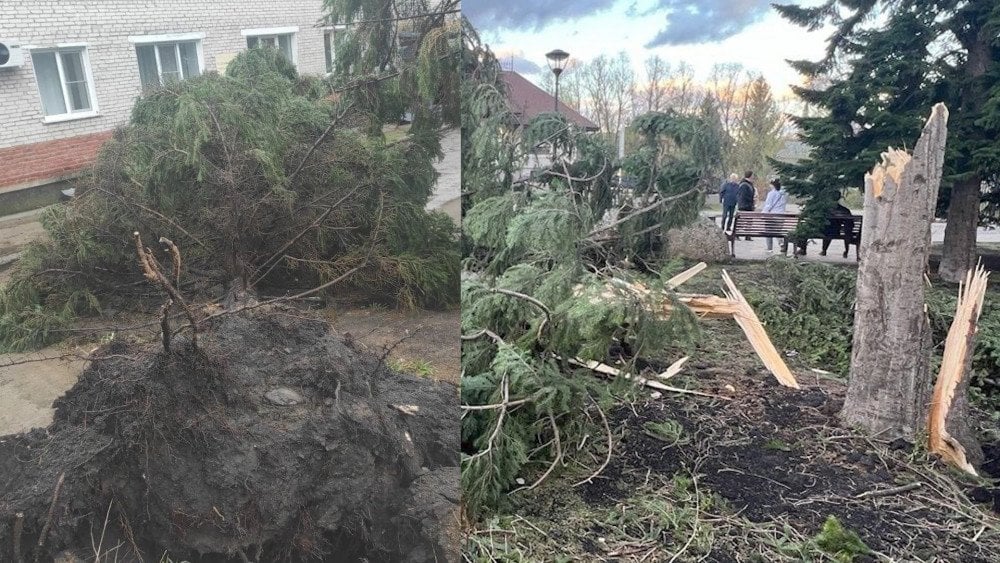
Broken and uprooted trees—aftermath of strong wind in Altai Krai, Russia
During the storm, a young girl in the city was injured when the wind brought down cement debris from a rooftop. The child sustained serious head injuries.
On April 21, a powerful snowstorm with strong winds caused power outages throughout the Republic of Tuva. Nearly 200 transformer substations went offline—leaving more than 10,000 people without electricity. The city of Kyzyl was hit particularly hard.
The Republic of Dagestan also suffered from extreme downpours and snowstorms. The storm left behind washed-out roads, mountain landslides, deep snowdrifts, and downed trees. A state of emergency was declared in seven districts. Across the republic, more than 160,000 people lost power.
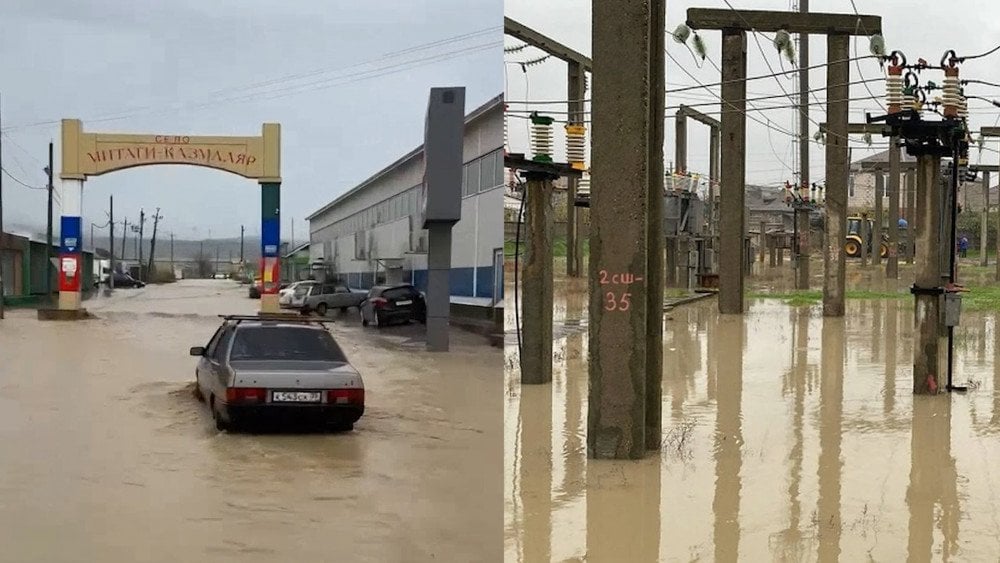
Record-setting rain caused flooding of streets and even transformer substations in the Republic of Dagestan, Russia
In Makhachkala, 73 mm (2.87 in) of rain fell over two days, April 15–16—nearly four times the April norm of 19 mm (0.75 in). Such extreme weather events had not occurred here for more than 100 years, since 1911.
In several parts of the city, water supply was disrupted due to contamination from sewage overflows.
In the mountains, up to 1 meter (3.3 ft) of snow fell, blocking access to 68 communities across 16 districts.
In Dokuzparinsky District, two shepherds and about 100 head of livestock were rescued after being cut off from the outside world for two days.
What you see in the image below is not archived data from last summer, but actual mid-spring temperatures this year in European Russia.
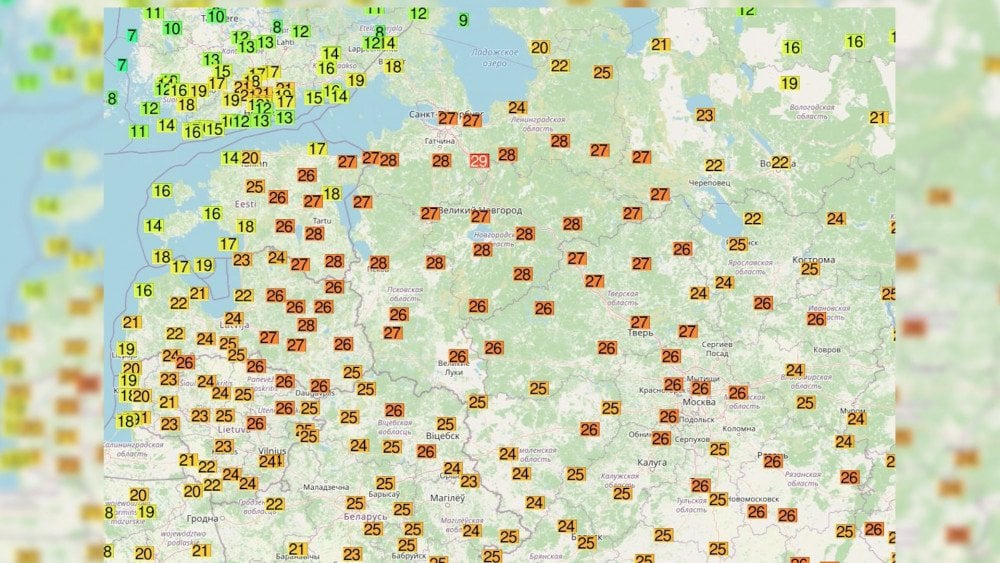
Abnormal heat in European Russia
From April 16 to 22, record-breaking heat swept a vast area—from Murmansk Oblast to Bryansk, and from the country’s western borders to the Urals. In some places, temperatures were 15–20°C (27–36°F) above normal. According to the head of the Hydrometeorological Center, such values in April were observed for the first time.
In Moscow, daily records for maximum temperature were set for five consecutive days, from April 18 to 22. Daytime temperatures in the city reached up to +26°C (78.8°F), unprecedented in the past 100 years.
On the night of April 21, Kazan recorded an overnight low of +17.2°C (63.0°F)—warmer than the average July minimum of +15 °C (59.0°F).
Nature also responded to the abnormal heat: maybugs arrived in the city in April, and plants began an unusually early and vigorous growing season.
New Zealand
Cyclone Tam struck New Zealand’s North Island overnight on April 17, bringing destructive downpours and gale-force winds.
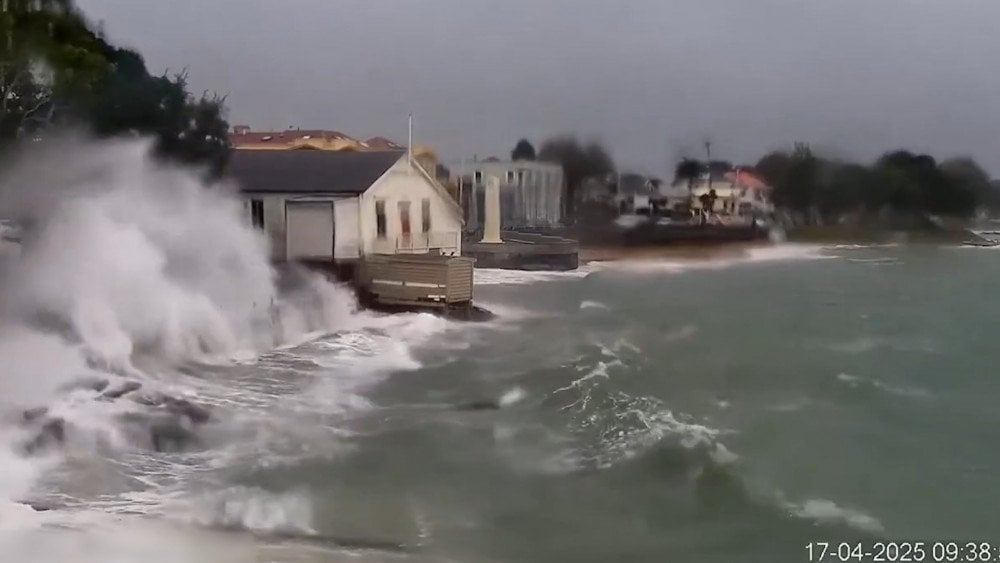
Powerful Cyclone Tam hits New Zealand
The hardest-hit area was the region’s largest city—Auckland—where up to 110 mm (4.3 in) of rain fell overnight.
The storm hit unexpectedly: the official warning was issued only an hour after the severe weather had already begun, by which time streets had turned into rivers and tens of thousands of residents were left without power.
Meteorologists explained the delay by the complexity of forecasting—none of the thunderstorm cells looked dangerous on their own, but they kept arriving one after another, creating a “conveyor belt” effect that resulted in such an intense event.
The storm was accompanied by one of the most powerful thunderstorms in recent decades: during the night in Auckland, around 750 lightning strikes were recorded. Even long-time residents said they had never seen anything like it.
The thunderstorm severely disrupted air travel. Several international flights were diverted to the nearby city of Hamilton, but due to the absence of customs facilities, passengers were not allowed to disembark. People were forced to remain on board for eight hours, effectively without food or water, until the issue was resolved.
The Northland region also suffered significant damage, with the storm toppling trees and damaging power lines, leaving residents without mobile service and electricity. Around 5,000 homes were left without power.
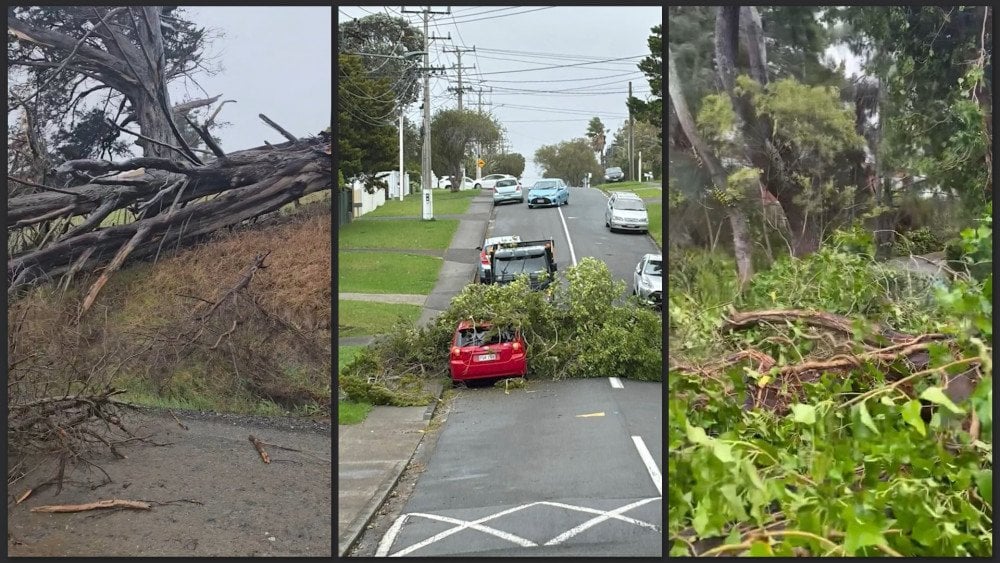
Aftermath of destructive winds in New Zealand
Pakistan
On April 16, a severe storm with heavy rain and thunderstorms struck northern Pakistan. Over two days, April 16–17, at least 9 people were killed in the aftermath of the extreme weather.
In the nation's capital—Islamabad—homes and markets were littered with debris blown through the streets by powerful winds. The downpours overwhelmed the city’s drainage system, triggering sudden flash floods. Hail the size of golf balls smashed numerous cars and damaged solar panels. The storm also damaged the roof of the Faisal Mosque—the largest mosque in South Asia.

Large hail damaged a car, Pakistan
The city’s power grid also took a hit: fallen poles and snapped wires caused outages in several districts.
Flooding paralyzed traffic in Khyber Pakhtunkhwa Province along the Peshawar–Torkham highway, which is part of the international Asian Highway Network.
In Charsadda District, heavy rain and hail damaged wheat and tobacco crops, vegetable fields, and fruit orchards.
USA
The United States experienced yet another series of devastating storms. The first wave struck the Great Plains on April 17, with Nebraska and Iowa being especially hard hit.
In eastern Nebraska, fierce winds reaching over 129 km/h (80 mph) whipped up clouds of dust and debris. The cities of Schuyler and York were engulfed in choking brown dust. Visibility dropped sharply, making travel extremely dangerous.

Strong wind lifted dust and debris into the air, causing a major drop in visibility, Nebraska, USA
At least 15 tornadoes hit Iowa and Nebraska: 10 tornadoes in Nebraska and 5 in Iowa.
One tornado, which passed north of Omaha, Nebraska, with wind speeds up to 225 km/h (140 mph), was rated EF3.
The storm was accompanied by large hail.
In Fremont, Nebraska, 7 cm (2.75 in) hailstones shattered building facades and windows and damaged vehicles. Meanwhile, Iowa residents witnessed hail exceeding 10 cm (3.9 in) in diameter.

Large hail damaged building facade and shattered windows, Nebraska, USA
Hailstorms in April are not unusual for the Great Plains, but this time the event went far beyond the norm: hail of this size had not been seen in several years, and combined with hurricane-force winds, it caused severe destruction.
On April 19, the storm system moved south, bringing destruction and casualties. In Oklahoma, an EF1 tornado damaged homes in the town of Spalding—one person was killed, and two others were injured. The town of Ada was struck by a tornado for the second time in just one month.
In the city of Moore, a flood swept away a car—a woman and her 12-year-old son were killed. Two more victims—a mother and her 7-year-old daughter—died in floodwaters in Leonard.
In Arkansas, the storm left behind damaged homes, power outages, and downed trees.
Everything you’ve just read is only the tip of the iceberg. The real threat lies deep beneath the Earth’s surface. Its most dangerous manifestation is the rising magmatic plume under Siberia—a force that, without controlled degassing, could rupture the Earth's crust. If that happens, not only in Russia but across much of the planet, life as we know it would become unsustainable. This is no longer a single nation's problem—it is a challenge for all humanity.
Anyone thinking clearly, after reading the report “On the Threat of a Magma Plume Eruption in Siberia and Strategies for Addressing the Issue”, understands the danger we are facing. Yet so far, this issue remains critically underreported.
If world leaders—heads of state, religious figures, and civil society leaders—are not informed and do not grasp the scale of the threat, we risk losing the time and opportunity needed to take life-saving action. Initiative must come from the ground up—from the people. From those who care.
It must be people themselves demanding a solution to this problem. We cannot shift all responsibility onto just a few global leaders. We must all act together.
It is crucial to spread this information—everywhere, at every level, in every corner of the planet. To bury our heads in the sand in a situation like this is not only naïve—it is dangerous.
You can watch the video version of this article here:
Leave a comment